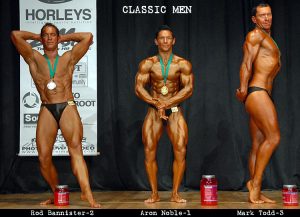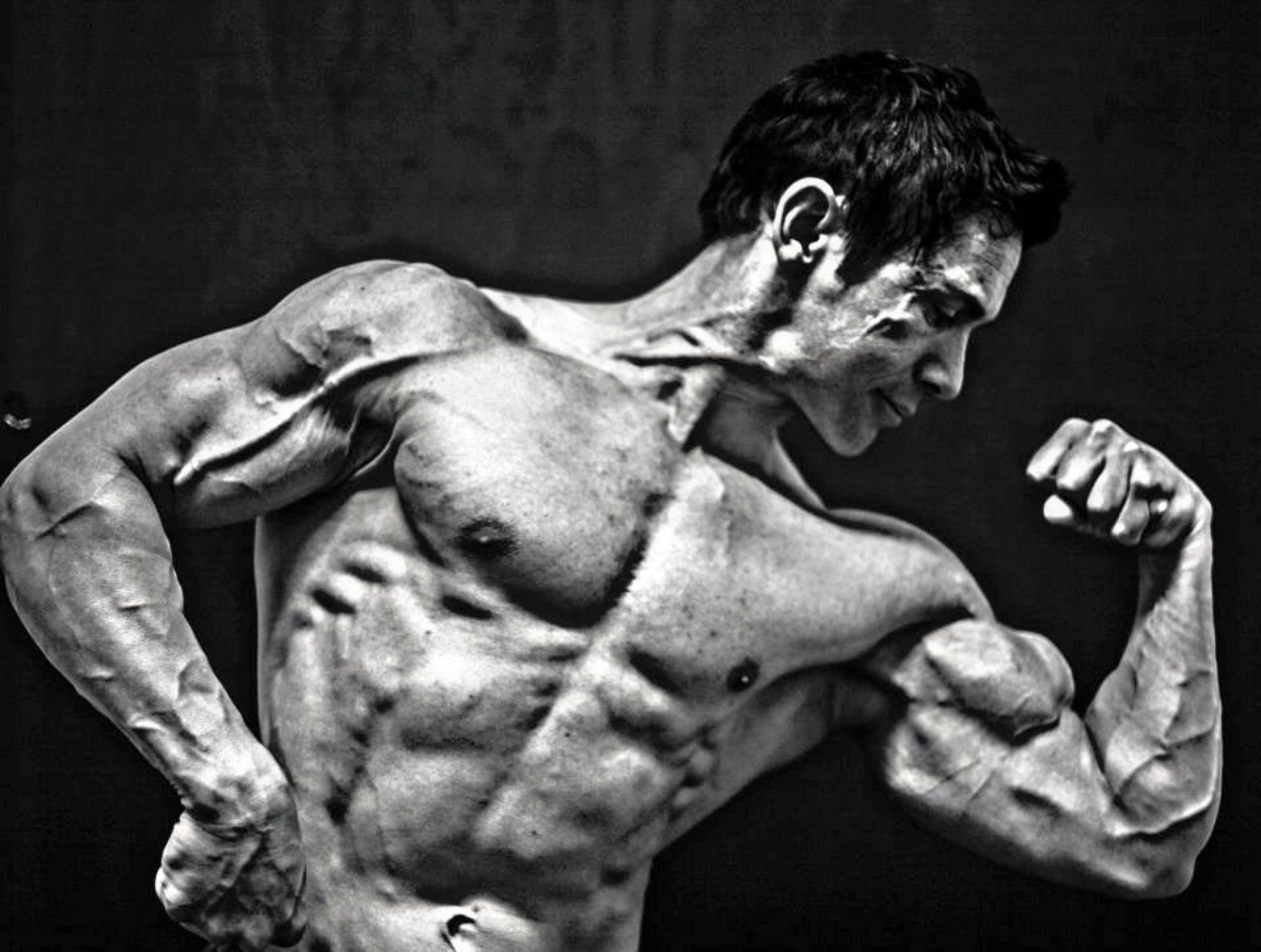
Last month I entered into the Hawkes Bay Novice Powerlifting competition to see where I was in terms of strength since I had been training predominately with TORQ (involves higher rep and shorter rest protocols). I assumed that my strength would be down considerably because of this. Surprisingly at 65.6 kg, raw lifting, I squatted 140 kg (Did 150kg but reset legs after start so nullifying lift), benched 110 kg and deadlifted 190 kg. The cool thing was that these lifts were very close if not equal to the personal bests I have done at this bodyweight regardless of training style. So could I really use higher reps and lower weights to elicit strength gains? Going by the results above I would have to say yes!
Now TORQ is supposed to be a training protocol for muscle growth; not strength gains, however, just like the title above suggests there are often many ways to achieve a single outcome. Not all bodybuilders or power lifters train exactly the same to get bigger or stronger. The most important thing for me was that by using this style of training I was able to progressively overload my muscles over a long period of time. For example- when I started using TORQ again after some low rep training I was only able to do 28 kg Incline DB presses for 20 reps- 30-40 sec rest then 10 reps for the second and final set. By the time the powerlifting comp came around 8 weeks later I was using 37.5 kg for 20 and 10 reps respectively. This obviously translated into a transferrable strength increase to my top end numbers for benching (even though I didn’t use the BB version before the competition) but without the central nervous system fatigue and niggling injuries I would get with a more traditional strength focused programme. This worked the same for squats & has in the past for deadlifts too. However, deadlifts are a different kettle of fish for me as they have a bigger impact on my nervous system than any other exercise- so now I only ever do one working set of 5 reps every 12-14 days (See programme below).
Anyway, here is my current routine and the one I used for most of the 8 weeks before the Powerlifting competition: (Note in the last article I did a third set of 5 reps, but I found it was unnecessary and slowed down progress. I also went from an upper/lower split to a full body workout 2-3 times a week).
Day 1: Full body workout A (I perform 1-2 warm up sets first for each exercise-below are only the working sets)
- Squats 20-10
- Deadlift 1 x 5 / alternated with almost stiff-legged deadlifts every second “A” workout 20-10.
- BB row 20-10
- DB Incline Bench 20-10 /alternated with weighted DXO push-ups 20-10 (DXO = 1 and a half reps)
- Seated DB Curl 20-10
- Omni Triceps pushdowns. 20-10-10
2-3 days off
Day 2: Full body workout B
- Front squats 20-10
- Calf raise 20-10
- DB Row 20-10
- Chins 20-10
- Omni Side-Bent row 20-10-10
- 1 arm leaning forward DB Shrugs 20-10
1-3 days off then repeat Full body A.
As a natural athlete with limited recovery ability, small joints and high muscle bellies, 2-3 full body workouts a week with different exercises are indeed enough for me to make progress- they are not just for beginners! Secondly, using higher reps and lower weights can definitely be used to increase muscle size and strength if progressive resistance is applied- remember it has the added benefits of being less stressful on your nervous system and joints too. So if you take anything away from this, hopefully it is the concept that there is definitely more than one way to reach your size and strength goals. If traditional size or strength training has plateaued for you give TORQ a try to get you back on the road to reaching your training goals.

